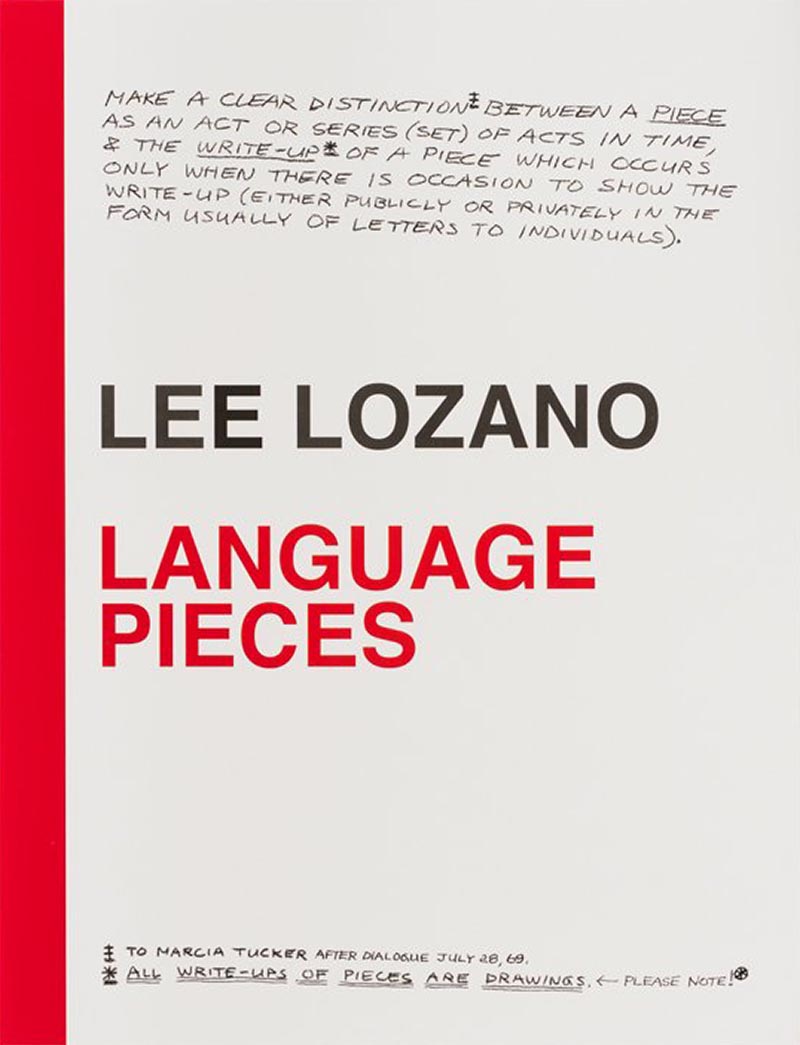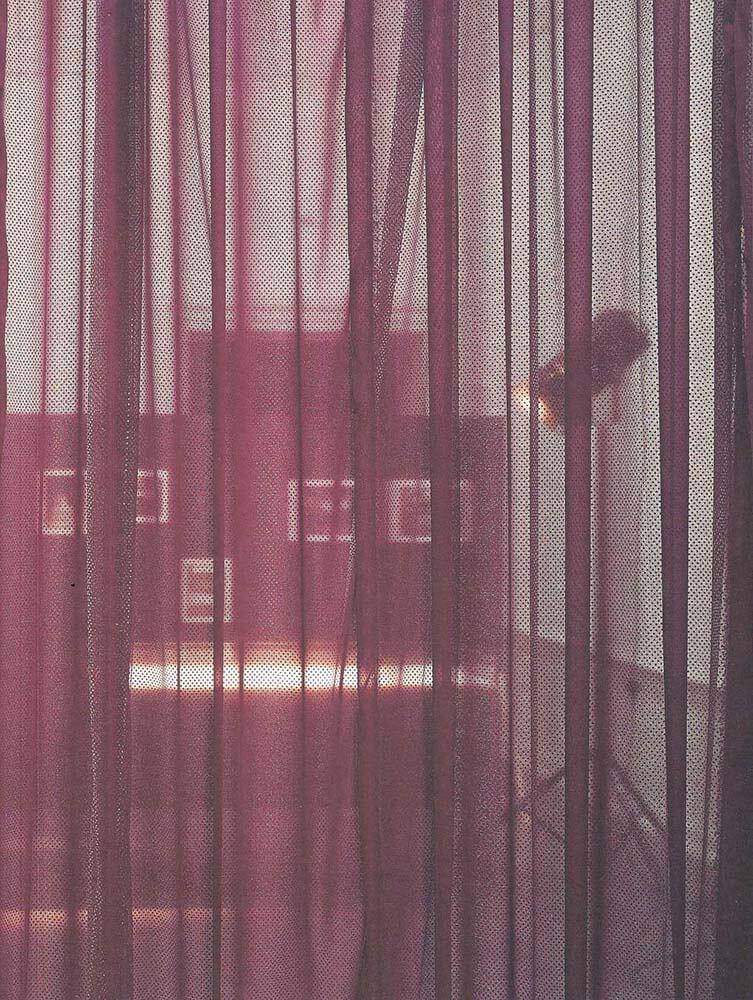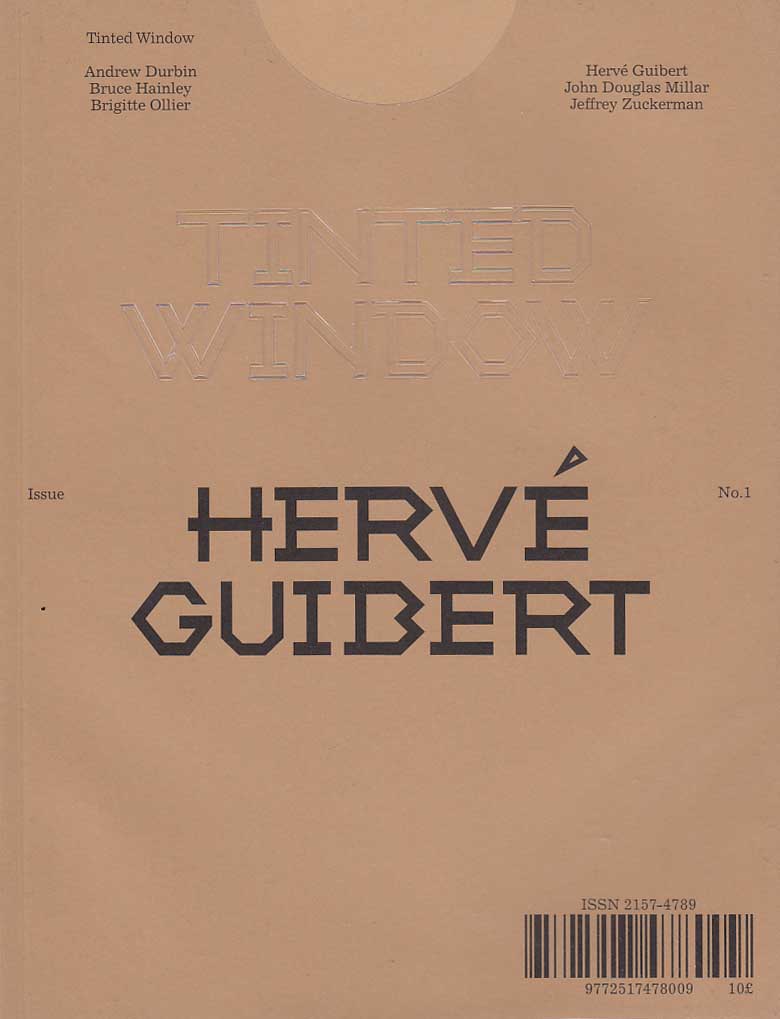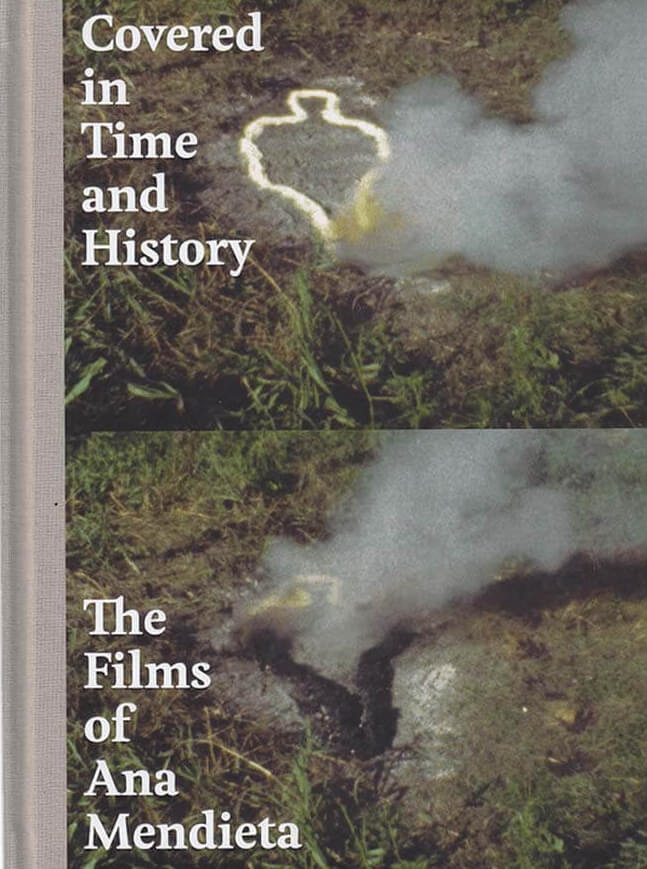Monograph
Monograph

Theatrum Botanicum
This publication emerges from Uriel Orlow's Theatrum Botanicum (2015-18), a multi-faceted project encompassing film, sound, photography, and installation, which looks to the botanical world as a stage for politics. Working from the dual vantage points of South Africa and Europe, the project considers plants as both witnesses to, and dynamic agents in, history. It links nature and humans, rural and cosmopolitan medicine, tradition and modernity across different geographies, histories, and systems of knowledge—exploring the variety of curative, spiritual, and economic powers of plants. The project addresses "botanical nationalism" and "flower diplomacy" during apartheid; plant migration; the role and legacies of the imperial classification and naming of plants; bioprospecting and biopiracy; and the garden planted by Nelson Mandela and his fellow inmates at Robben Island prison.

Verlag der Buchhandlung Walther König
Collected Interviews 1990–2018
This substantial archive offers an ideal point of entry into the work and reception of Los Angeles–based performance artist and writer Andrea Fraser (born 1965). The interview format provides particular insight into Fraser's self-positioning as a central aspect of her practice. By presenting the artist's voice as mediated through various interlocutors (ranging from professional peers to popular media), Collected Interviews, 1990–2018 uniquely contextualizes Fraser's practice in the artistic and institutional fields in which she intervenes.

Language Pieces
In the late 1960s, Lee Lozano conceived of and executed a series of 'language pieces,' written in the pages of her notebooks, consisting of rules and parameters for the actions that would constitute a piece. From offering money to house-guests to smoking as much marijuana as possible, Lozano boldly tested social norms, culminating in two of her most famous works: 'General Strike Piece' (1969), which saw her retreating from the art world completely, and 'Decide to Boycott Women' (1971), in which she ceased engaging with all members of her own gender.

Second Sex War
Sidsel Meineche Hansen, Robert Leckie
Stemming from a series of works by Sidsel Meineche Hansen, this monographic catalogue offers a range of perspectives on urgent issues around gender, sexuality and labour in the digital age.
This book orbits “Second Sex War”, a series of works by Sidsel Meineche Hansen addressing political and ethical questions arising from the use of digital bodies in contemporary visual culture and the means of production and distribution for these commodities. Realising that the same avatars are used across the pornographic, gaming and cultural industries, she investigates the working conditions and relationships that structure these fields. Through numerous essays and conversations, Second Sex War, the book, emphasises her collaborations with various practitioners (animators, musicians, writers) and the way they have inflected her practice. Media theorist Helen Hester (author of the Xenofeminist manifesto) reflects on the limitations of the porn industry and the use of female avatars. Artists collective Radclyffe Hall talks to photographer Phyllis Christopher about early lesbian erotica magazine in the 1980s. Linda Stupart compiles quotes by Sara Ahmed, Kathy Acker and Ursula K. Le Guin to consider what is radical sex today. Artist Hannah Black's contribution, which opens the publication, reads like a manifesto for artists being crushed under the weight of current political circumstances.
Edited by Sidsel Meineche Hansen and Robert Leckie.
Texts by Robert Leckie, Hannah Black, Helen Hester, Phyllis Christopher & Radclyffe Hall, Linda Stupart, Josefine Wikström. Entretiens with Helena Vilalta, James B Stringer, Melika Ngombe Kolongo (Nkisi) by Sidsel Meineche Hansen.

A history of the world as it has become known to me
Publication focusing on Cantor's final project Pinochet Porn (2008–16)—an epic experimental film taking the form of a soap opera about the intimate life of people under the military dictatorship of Chile. A dramatic, transgressive and explicitly feminist work, embodying and radically extending Cantor's multifaceted artistic practice.
Ellen Cantor combined ready-made materials with diaristic notes and drawings to probe her perceptions and experiences of personal desire and institutional violence. This book is concerned with, and a document of, Cantor's work through the lens of Pinochet Porn (2008–16) and its making—an epic experimental film embodying and radically extending her multifaceted artistic practice. Taking the form of an episodic narrative about five children growing up under the regime of General Augusto Pinochet in Chile, and shot between her dual hometowns of London and New York, history is observed through Cantor's fictive speculations on private experience within a totalizing political order. A history of the world as it has become known to me brings together writings and archival materials of Cantor's, including a reproduction in full of her drawing-based script Circus Lives from Hell (2004), alongside contributions by writers, artists, collaborators, and friends reflecting on Cantor's practice, Pinochet Porn, and a singularly transgressive vision: explicitly feminist, remorselessly emotional, dramatic in tone, and, as Cantor herself liked to put it, adult in subject matter.

Théorie De L'Indiscernable
João Maria Gusmão, Pedro Paiva
Livret de 56 pages; format 13x21; illustré; couverture souple; cousu. Traduction originale du portugais ("Teoria do indiscernível" texte figurant dans le vol. "Abissologia - Teoria do Indiscernível", Lisboa - 2012). Édition bilingue portugais-français.

Aftershow
A monograph / artists' book that engages with the recent film installations of Pauline Boudry / Renate Lorenz. Installation shots, research material, scripts, and film stills give an insight into the artists' investigation of performance in film and their dense net of references to experimental film, the history of photography, sound, and underground (drag) performances.
The book's title alludes to an interest in opaque events that are belated, left backstage or off-screen. A number of (fictitious) letters to friends and collaborators such as Sharon Hayes, Yvonne Rainer, Ginger Brooks-Takahashi, and Jack Smith place the work of Boudry & Lorenz in a context of debates around temporalities, activism, the archival, decolonizing practices, and queer histories. Published following the exhibition “Patriarchal Poetry” at the Badischer Kunstverein, September 27– November 24, 2013.

Tinted Window #1 : Hervé Guibert
No.1 explores the life and work of the writer, photographer and filmmaker Hervé Guibert. There is a travelogue to Greece in search of a portrait; reminiscences from those that knew him well or otherwise; first-time English translations of his work; a fine eye for his photographs; writing that deftly traces his last moments. Featuring Andrew Durbin, Louis Fratino, Hervé Guibert, Bruce Hainley, Brigitte Ollier, John Douglas Millar and Jeffrey Zuckerman.

University of California Press
Covered in Time and History: The Films of Ana Mendieta
The book includes Mendieta's first published comprehensive filmography resulting from three years of collaborative research conducted by the Estate of Ana Mendieta and the University of Minnesota as well as original essays by John Perreault, Michael Rush, Rachel Weiss, Lynn Lukkas, Raquel Cecilia Mendieta, and Laura Wertheim Joseph.
The first book-length treatment of Mendieta's moving-image practice, Covered in Time and History aims to locate her films centrally within her larger oeuvre and at the forefront of the multidisciplinary shifts that characterized visual arts practice during the 1970s.

Evidentiary Bodies
Bringing together both known and previously unseen works of film and video, installations, works on paper, and material from her archive, this volume addresses critical themes that appear throughout Hammer's work, including sensation and intimacy, lesbian representation, and the maintenance of illness, in addition to exploring the artist's relationship to experimental queer cinema, feminist history, and environmental activism. Featuring a wide range of responses, from personal anecdotes to academic analysis and poetic interpretation, this volume highlights the resonating impact of Hammer's artistic narrative across cinema studies, art history, queer theory, and feminist thought.